Our planet is rare, precious and fragile. It is up to all of us to respect and protect it. Here is a series of images depicting our house from space.
To celebrate Earth Day, Earth Day 2024, we decided to show you how unique, beautiful and delicate our planet is. We are all called to protect it, because we will not easily find another planet like it. Here is a “roundup” of photographs of the Earth from space, specially collected by the editorial staff of Passione astronomy.
A single planet, Earth
With the advent of aerospace flight, our cosmic perspective changed forever. Here above is the very first image of the Earth from space, dating back to 1945. The mosaic was made possible after a series of orbital flights that also showed the curvature of the Earth’s surface.
Also thanks to the advent of latest generation aerospace technology, we are able to venture high enough to photograph the curvature of the Earth. Below is a shot from an MIT student project from 2009.
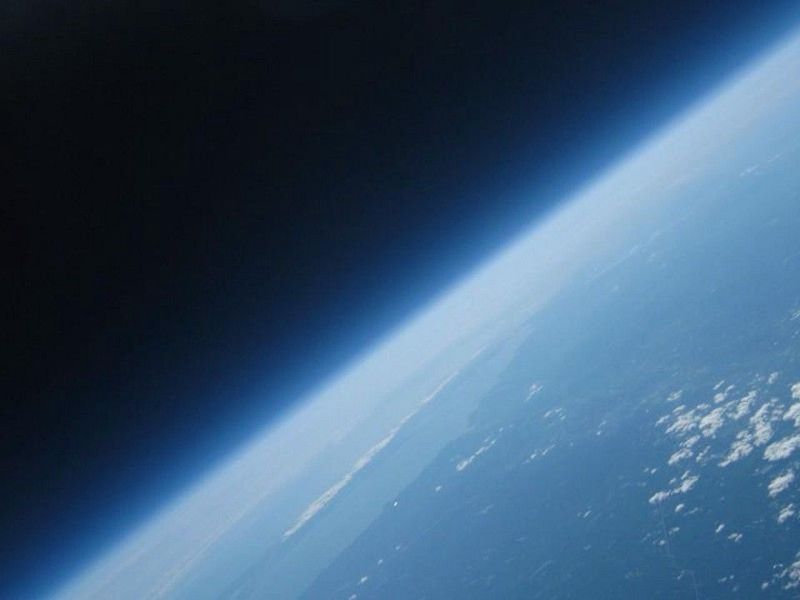
“The view from here is magnificent”
There is no doubt that from low Earth orbit, astronauts on the International Space Station can enjoy a privileged view of our planet.

Even from space you can enjoy the great variety of ecosystems and environments present on Earth. Dormant and active volcanoes have literally shaped the surface of our planet. In the photo below, volcanic ash spewing from the summit of Kamchatka, Russia, blackens the snow on the nearest peaks.

Rivers and glaciers cross our planet, drawing artistic lines on its surface. Here is the Amazon River, the only river that carries more water than any other stream on Earth.
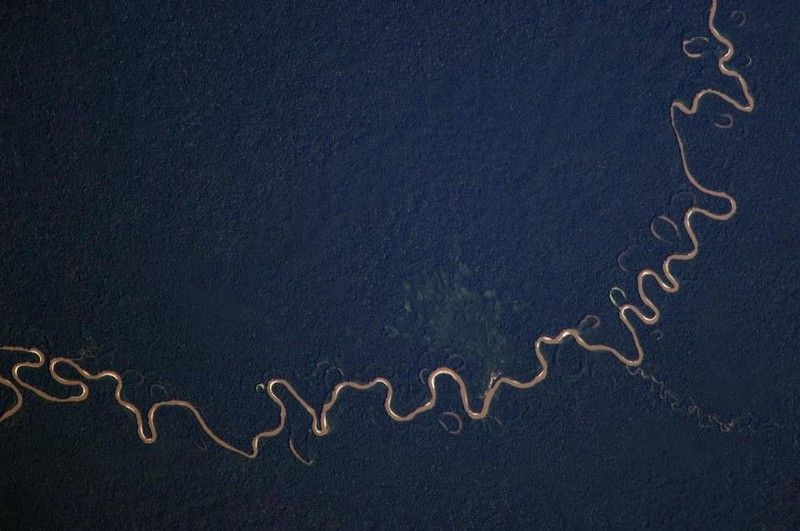
The glaciers of Patagonia are unfortunately among the most affected by global warming and are melting at unprecedented speeds. Their beauty, however, is undeniable. A few minutes before taking this photo, the ISS was flying over a tropical rainforest, demonstrating how diverse our planet is.
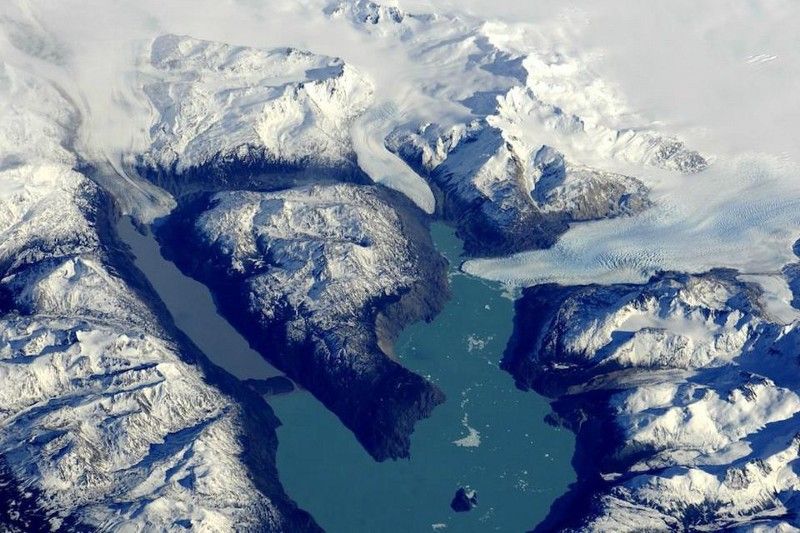
Gas giant? But no, it’s the Earth!
Here is a photo that looks like it was taken of a gas giant, for example Jupiter! These are characteristics common to giant planets which however also appear in our clouds. They occur mostly in clouds over oceans, whenever the air moves at different speeds from layer to layer.
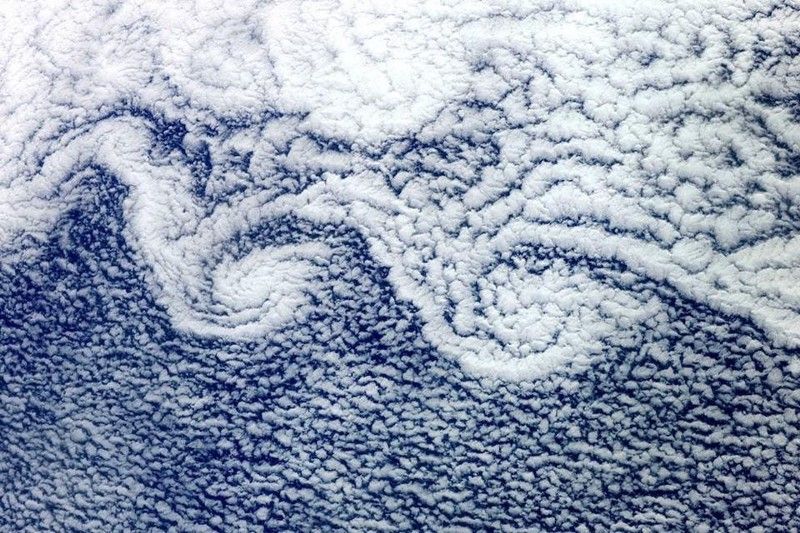
At the top of the Tibetan Plateau there are two lakes, a smaller aqua green one and a larger one, a beautiful bright blue. The smaller one is shallower and probably populated by algae and minerals which gave it this unique colour.

Volcanoes that are now extinct, however, show the signs and scars of the formation of our fantastic planet.

The atolls, however, show the decadent beauty of the erosion of time. Pictured below are the final stages of an island, which looks somewhat similar to the Superman logo. Formed by volcanism, it is slowly crumbling and sinking. Outside there are coral reefs growing along the continental shelf.

All made possible by a subtle atmosphere. On board the International Space Station, astronauts witness 16 sunrises and sunsets, also enjoying the colors of the various layers that make up the Earth’s atmosphere.
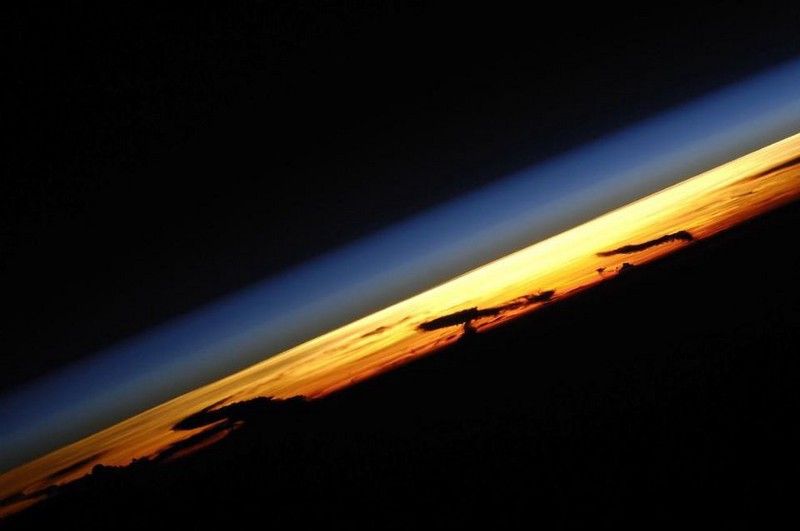
Climate changes
Thanks to continuous monitoring by major space agencies, scientists keep tabs on the health of our planet.
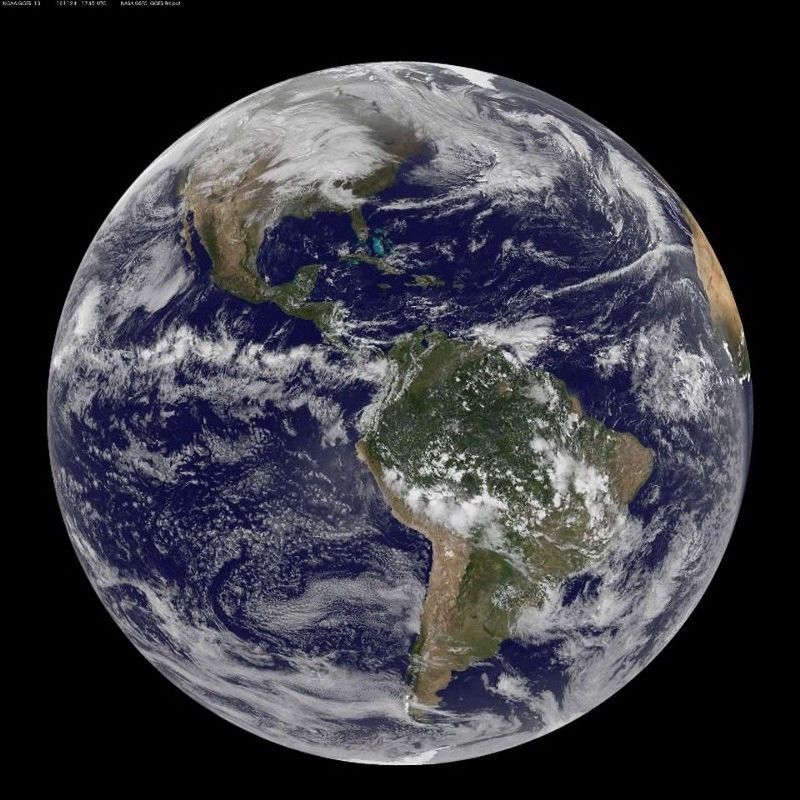
The further we move away, the more we realize the cosmic insignificance of man and the Earth. Here is the photo taken of Earth by Apollo 8 orbiting the Moon in 1968, a year before we set foot on our satellite for the first time.
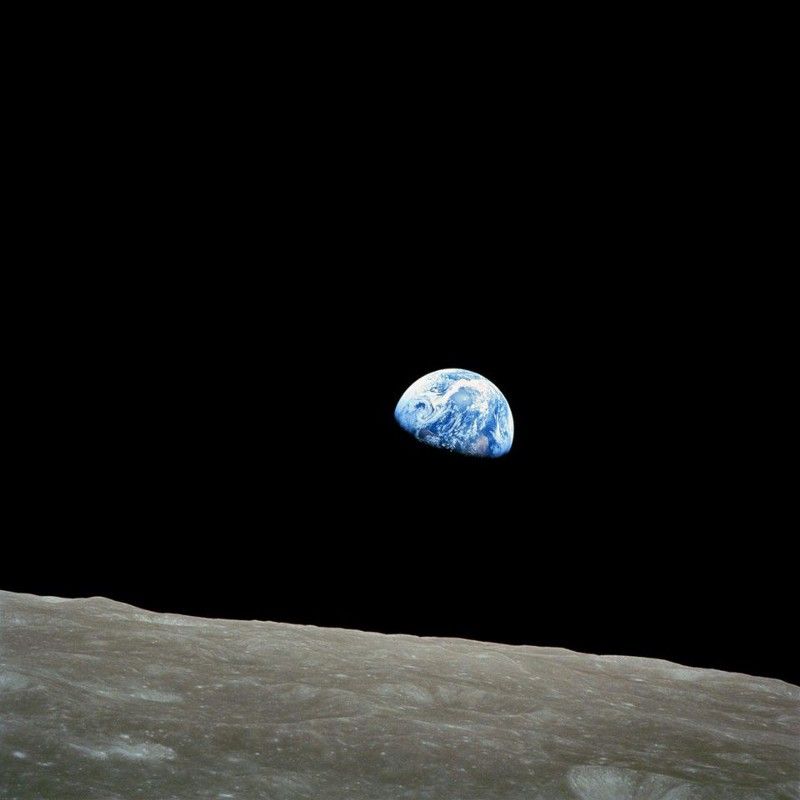
From interplanetary space our details become blurry and colors fade. Here is a splendid photograph taken by the Voyager 1 probe, when it left Earth behind, shortly after leaving, on September 18, 1977.

We are just a dot in the infinity of the cosmos. Here’s a gorgeous shot from the Cassini probe, with the Sun hidden behind Saturn. In the zoomed box, however, the Earth-Moon system, in one of the most distant photographs ever taken of our planet.

We couldn’t help but include the legendary “Pale Blue Dot” in our series of photos to celebrate Earth Day 2024. It was the first portrait of the solar system created by Voyager 1. At this distance, the Earth is just a dot in the darkness and you can clearly see in the center of one of the rays of light on the right.
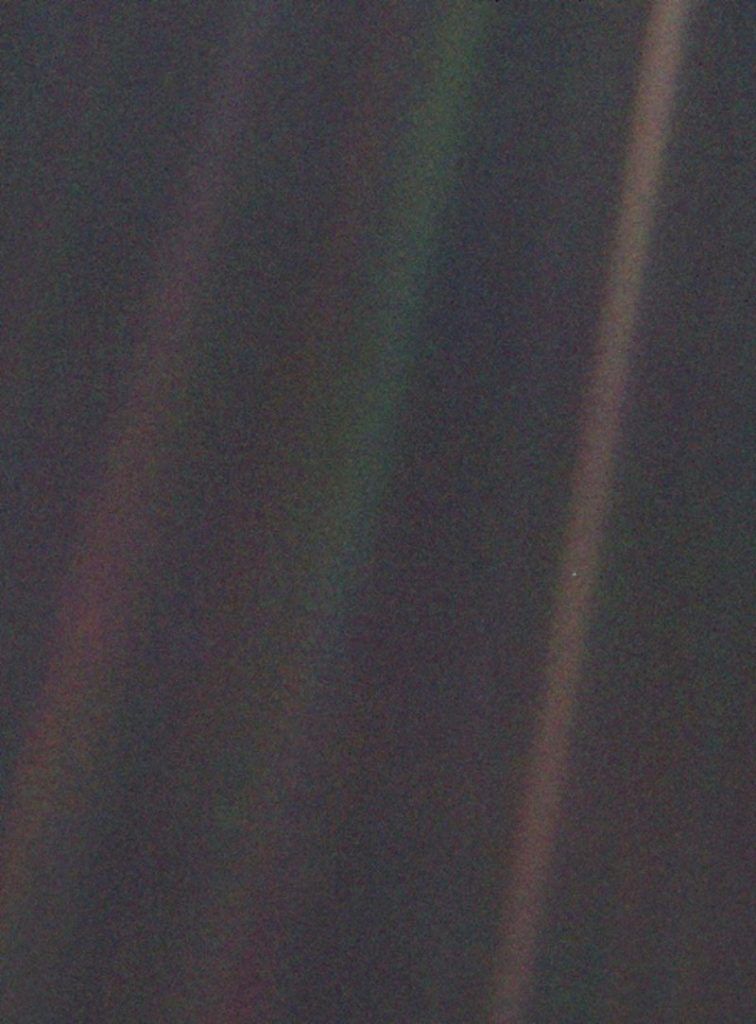
Follow us on Passione Astronomia!
Tags: Earth Day beautiful photos planet space





















